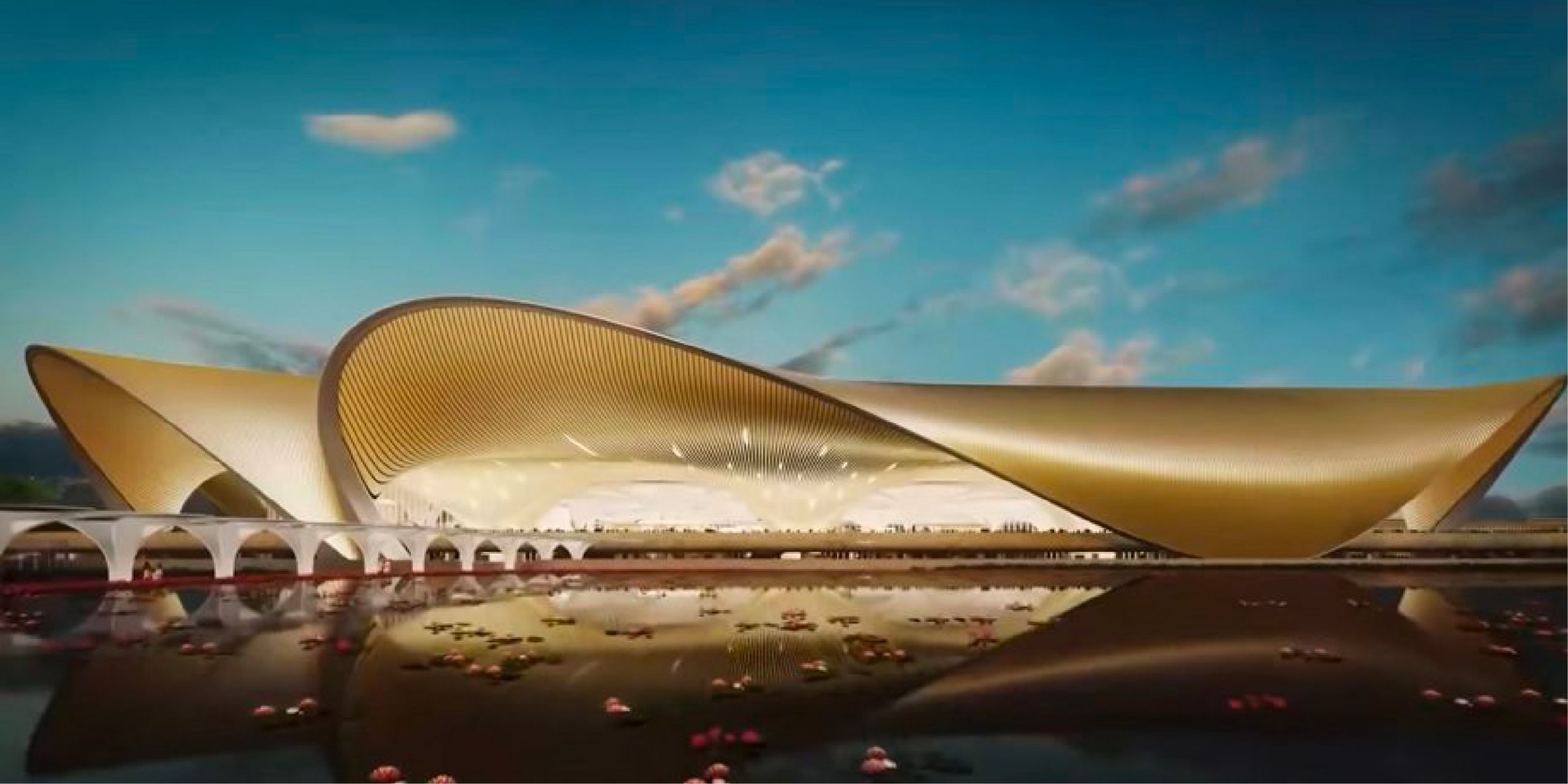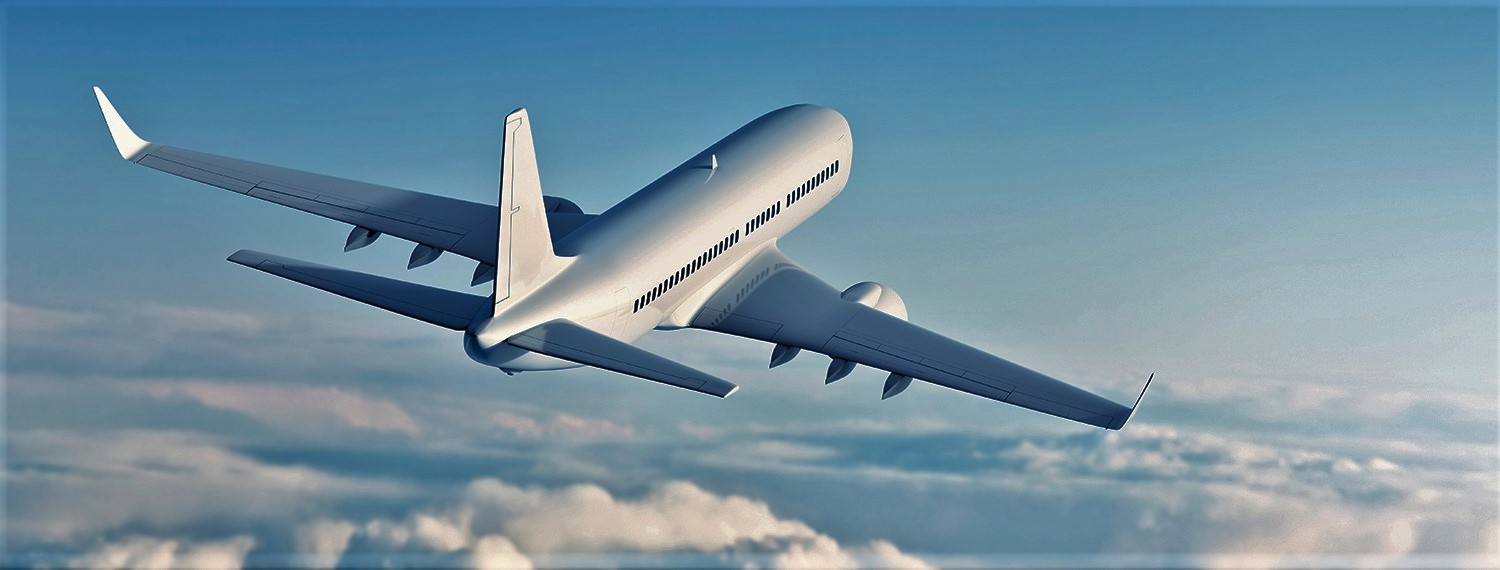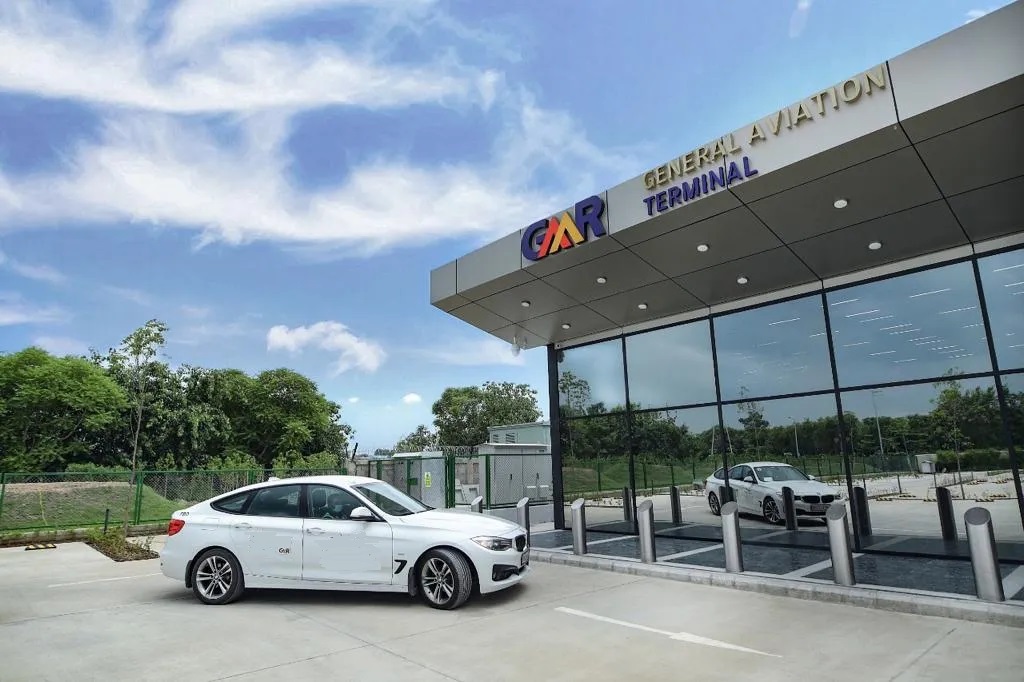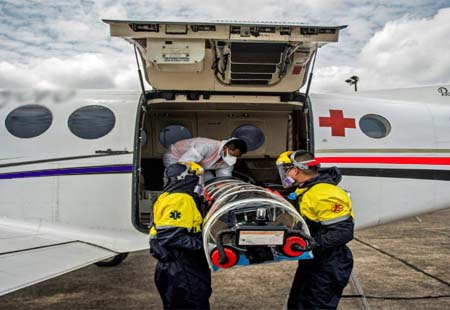D. B. Patil International Airport-Navi Mumbai International Airport Set For April 2025

Navi
Mumbai International Airport
Navi Mumbai International Airport
(NMIA) is an ambitious project aimed at revolutionizing air travel in India.
Strategically located in Navi Mumbai, Maharashtra, the airport seeks to
alleviate the congestion at Mumbai's Chhatrapati Shivaji Maharaj International
Airport (CSMIA). Designed with state-of-the-art facilities and a focus on
sustainability, NMIA is set to become a major hub for both domestic and
international air traffic, including services such as Airborne Private Jet and
Airborne Air Ambulance.
Historical
Background
The idea for Navi Mumbai
International Airport emerged in the late 1990s as a solution to Mumbai's
increasing air traffic demand. After years of planning and overcoming obstacles
like land acquisition and environmental approvals, construction began in 2018.
Despite delays, the project remains a symbol of innovation and dedication to
India's infrastructural growth.
Strategic
Location
Located approximately 35 kilometers
from Mumbai’s city center, NMIA offers an advantageous position for travelers
and businesses. Its proximity to major transportation hubs like Jawaharlal
Nehru Port Trust (JNPT) and seamless connectivity to Navi Mumbai’s urban areas
make it an ideal location. Services such as Airborne Private Jet benefit
from the airport's strategic placement, ensuring convenience for high-end
clientele and business travelers.
Architectural
Design and Layout
Navi Mumbai International Airport is
a masterpiece of architectural innovation. Designed by Zaha Hadid Architects,
its layout ensures efficiency and aesthetics. Key features include:
- Eco-Friendly Terminals: Designed to handle large passenger volumes while
minimizing environmental impact.
- Efficient Layout:
Streamlined operations for quick transit and minimal wait times.
The design also supports specialized
services like Airborne Air Ambulance, providing facilities for emergency
medical evacuations.
Key
Features of the Airport
NMIA boasts a plethora of features
that enhance its functionality and appeal:
- Runways:
Two parallel runways capable of accommodating large aircraft.
- Passenger Terminals:
Equipped with advanced check-in systems and spacious lounges.
- Specialized Services:
Dedicated facilities for private jets, cargo operations, and air ambulance
services.
These features make NMIA a hub for
both commercial and private aviation.
Transportation
and Accessibility
Reaching NMIA is hassle-free, thanks
to its well-developed transportation network:
- Public Transport:
Metro lines, buses, and suburban railways ensure easy access.
- Dedicated Access:
Expressways and service roads streamline traffic flow.
For private aviation clients using Airborne Private Jet Mumbai, dedicated access points and private lounges provide
exclusivity and convenience.
Economic
Impact
The airport is a significant driver
of economic growth:
- Employment Opportunities: Thousands of jobs created during construction and
operation.
- Boost to Local Businesses: Increased demand for hospitality, retail, and
logistics services.
- Aviation Ecosystem:
Services like Airborne Private Jet and Airborne Air Ambulance
flourish, enhancing the region's economic landscape.
This development stimulates growth
in Navi Mumbai and beyond.
Technological
Advancements
NMIA integrates the latest
technologies to enhance operational efficiency and passenger experience:
- Smart Features:
Automated check-ins, facial recognition, and baggage tracking.
- AI and IoT:
Real-time monitoring for better safety and resource management.
Advanced facilities also support Airborne
Air Ambulance, ensuring rapid response and coordination for medical
emergencies.
Passenger
Experience
From luxury lounges to efficient
services, NMIA prioritizes passenger satisfaction:
- Amenities:
Shopping zones, dining options, and relaxation areas.
- Safety and Security:
Advanced surveillance systems and dedicated staff.
Exclusive services for Airborne
Private Jet clients include private boarding, concierge services, and VIP
lounges.
Comparison
with Other Airports in India
Compared to major airports like
Delhi's Indira Gandhi International Airport, NMIA stands out due to:
- Strategic Location:
Proximity to Mumbai and Navi Mumbai.
- Focus on Sustainability: Green initiatives and eco-friendly design.
- Private Aviation Services: Robust facilities for private jets and air ambulance
operations.
These factors make NMIA a unique and
highly competitive addition to India’s aviation network.
Environmental
Sustainability Efforts
Sustainability is a cornerstone of
NMIA’s development:
- Green Construction:
Use of recycled materials and eco-friendly designs.
- Energy Efficiency:
Solar power and LED lighting reduce energy consumption.
- Waste Management:
Advanced systems ensure minimal environmental impact.
These initiatives align with global
sustainability standards, attracting eco-conscious services like Airborne
Air Ambulance.
Challenges
in Development
NMIA’s development has faced several
challenges:
- Land Acquisition:
Resettlement of affected communities.
- Environmental Concerns: Balancing ecological preservation with construction.
- Delays:
Administrative and logistical issues slowing progress.
Despite these challenges, the
project continues to move forward, demonstrating resilience.
Future
Prospects and Expansion Plans
The future of NMIA looks bright with
planned expansions:
- Runways and Terminals: Increased capacity to handle growing air traffic.
- Technological Upgrades: Continuous integration of advanced technologies.
- Global Connectivity:
Partnerships with international airlines and services like Airborne
Private Jet to enhance reach.
These plans position NMIA as a
global aviation leader.
FAQs
About Navi Mumbai International Airport
- When will Navi Mumbai International Airport open?
Operations are expected to commence by 2025. - What facilities are available for private aviation?
Services like Airborne Private Jet offer exclusive lounges, hangars, and priority access. - How does NMIA support medical emergencies?
Airborne Air Ambulance services provide rapid evacuation and medical care. - Is the airport environmentally sustainable?
Yes, it incorporates green initiatives like solar power and efficient waste management. - How is NMIA connected to Mumbai?
It is accessible via metro, expressways, and public transport. - What makes NMIA unique compared to other Indian
airports?
Its focus on sustainability, strategic location, and specialized services like private jets and air ambulances set it apart.
Conclusion
Navi Mumbai International Airport is
more than just an airport; it is a symbol of progress and innovation. With
cutting-edge technology, sustainability efforts, and a focus on passenger
experience, NMIA is poised to transform India’s aviation landscape. Its support
for services like Airborne Private Jet and Airborne Air Ambulance
further solidifies its role as a versatile and world-class facility.








